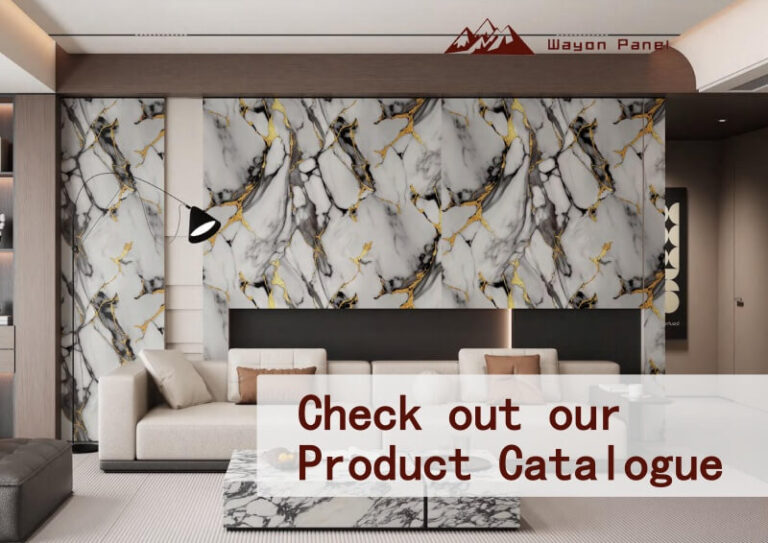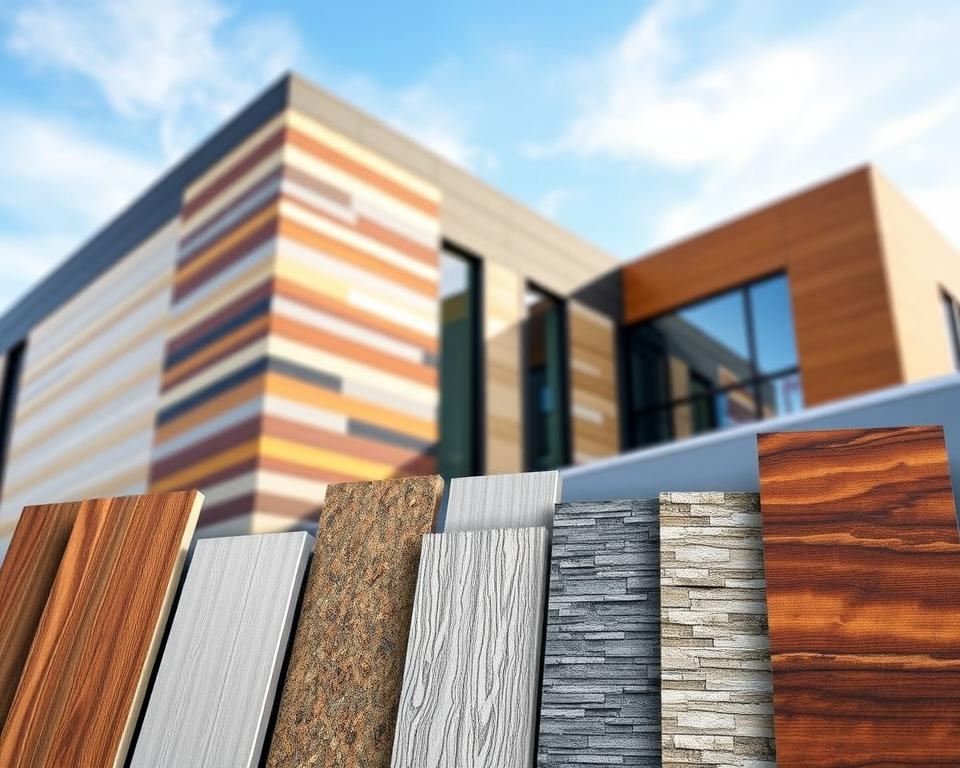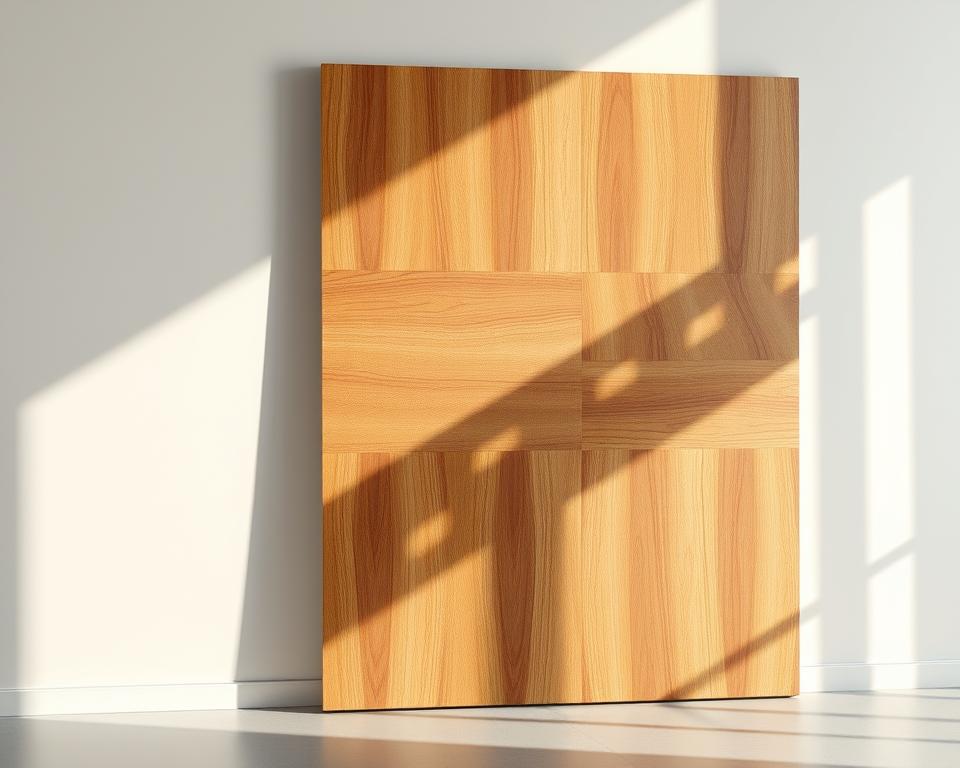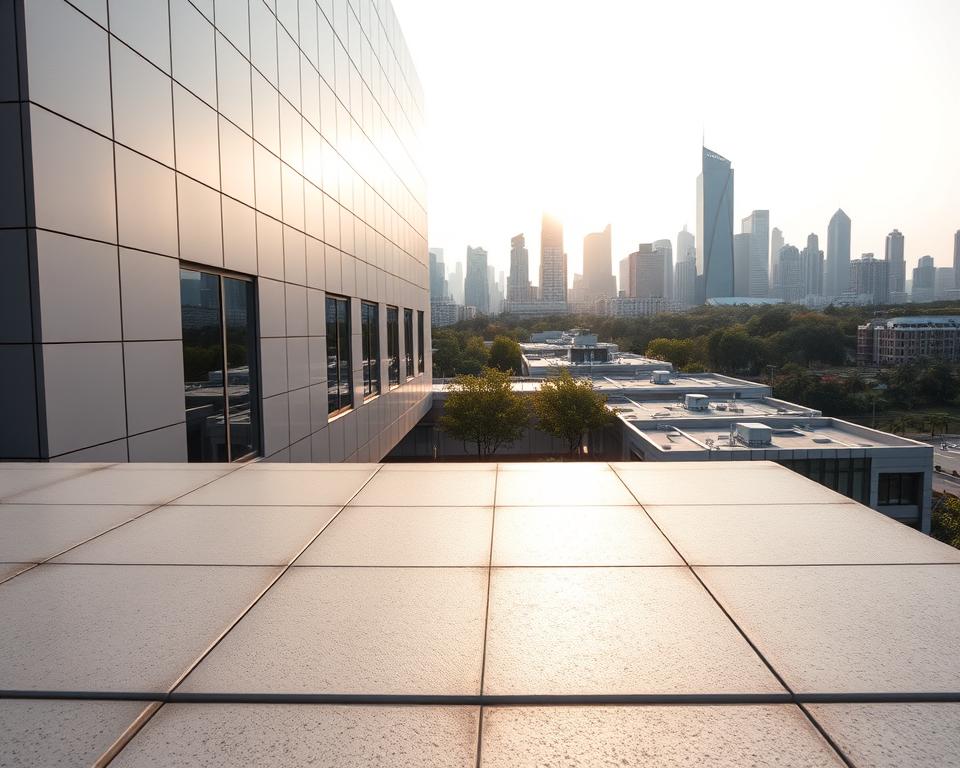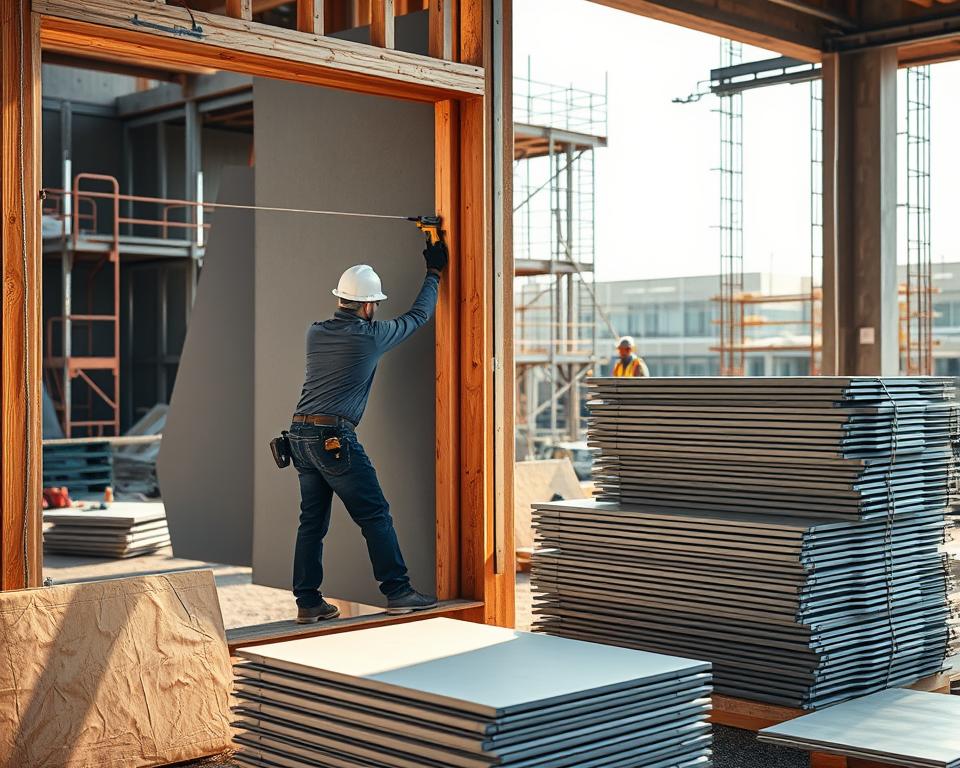Installing exterior cladding requires precision to ensure lasting results. Even small errors can lead to warping, moisture damage, or voided warranties. This guide highlights critical oversights professionals encounter and how to sidestep them.
Surface preparation is often rushed, causing adhesion failures. Uneven substrates or debris compromise the bond between materials and joists. Always clean and level the area before starting.
Ignoring expansion gaps ranks among the costliest mistakes. Temperature changes cause materials to shift, so leaving space around edges prevents buckling. Follow manufacturer specs for spacing based on your climate.
Choosing the right fasteners matters. Stainless steel or aluminum systems resist corrosion better than standard options. Pair them with proper tongue-and-groove alignment for seamless weather resistance.
Order samples early to test color consistency and finish durability. Planning prevents pitfalls. Measure twice, account for thermal movement, and prioritize quality over price. Your project’s longevity depends on these details.
Composite Wall Panels: An Introduction
Modern builders face growing demands for materials that balance aesthetics, durability, and environmental responsibility. Engineered solutions now offer transformative possibilities for exterior projects through innovative material science.
Overview of Composite Materials
These products combine recycled wood fibers with polymer binders, creating surfaces that withstand extreme weather better than traditional options. Aluminum reinforcements within the core enhance structural stability without adding excess weight.
The tongue-and-groove edge design simplifies alignment during installation. Hidden fasteners maintain clean lines while preventing water infiltration – crucial for long-term performance in rainy or humid climates.
Why They’re Perfect for Modern Construction
Architects appreciate the extensive color variety matching both contemporary and classic designs. Unlike natural wood, these surfaces resist fading from UV exposure and require minimal upkeep.
| Feature | Traditional Wood | Modern Composite |
|---|---|---|
| Maintenance Cycle | Annual sealing | 5-year intervals |
| Moisture Resistance | Prone to warping | Impervious design |
| Installation Time | 3-5 days | 1-2 days |
Contractors report 40% faster project completion using pre-engineered systems. The sustainable profile appeals to clients seeking LEED certification or reduced environmental impact.
Benefits and Features of Composite Wall Panels
Exterior materials must deliver lasting beauty and structural reliability. Engineered systems now outperform conventional options through innovative design and sustainable practices.
Built to Last, Designed to Impress
These products withstand extreme weather without fading or warping. UV-blocking technology preserves color depth for decades, avoiding the chalky appearance of aged wood. Waterproof cores prevent moisture damage, even in coastal areas or heavy rainfall zones.
The textured finish mimics natural grain patterns so closely that guests often can’t tell the difference. From rustic cedar looks to sleek contemporary tones, the variety suits any architectural style.
Smart Choices for Busy Property Owners
Forget annual staining or sanding – simple soap-and-water cleaning keeps surfaces pristine. Manufacturers use 60-80% recycled materials, reducing landfill waste while maintaining premium performance.
| Factor | Traditional Options | Modern Systems |
|---|---|---|
| Yearly Upkeep Costs | $450+ | $75 |
| Recycled Content | 0-15% | 65-90% |
| Warranty Period | 2-5 years | 8-12 years |
Contractors appreciate the 12-year residential warranty, which covers color retention and structural integrity. Commercial projects benefit from faster installation and lower lifetime expenses.
Identifying Common Installation Mistakes
Proper installation techniques make or break exterior projects. Even experienced contractors sometimes overlook critical steps that affect durability and appearance. Let’s explore two frequent errors and their solutions.
Surface Preparation Slip-Ups
Rushing through this stage causes 60% of system failures. Dust, uneven joists, or leftover debris prevent materials from bonding correctly. Always:
- Clean surfaces with industrial-grade brushes
- Level substrates using laser-guided tools
- Install furring strips at 16″ intervals for airflow
One contractor reported, “Skipping these steps led to $8k in repairs when panels warped within six months.” Proper prep prevents moisture buildup and maintains warranty validity.
Expansion Gap Oversights
Materials naturally expand in heat and contract in cold. Failing to leave 1/4″ spacing per 10 feet causes:
- Visible buckling near corners
- Cracked finishes during freeze-thaw cycles
- Voided warranties due to improper installation
Use stainless steel spacers during assembly. Check manufacturer guidelines – desert climates often require larger gaps than coastal areas. This simple step preserves alignment and weather resistance for decades.
Preparing Your Installation Surface and Materials
A successful project starts long before the first piece goes up. Proper groundwork eliminates 80% of common issues reported by contractors. Focus on two key areas: what you use and where you apply it.
Essential Tools and Equipment
Invest in a laser level for precise alignment – uneven joints become obvious over time. Stainless steel fasteners prevent rust stains, while rubber mallets secure tongue-and-groove edges without damaging finishes. Don’t forget weather-resistant sealants matching your product’s thermal expansion rate.
Importance of a Flat, Clean Surface
Dirt or debris creates tiny gaps where moisture gathers. Sweep thoroughly, then use a pressure washer on stubborn stains. Check for dips or rises with a 4-foot level – fill low spots with exterior-grade filler. One installer noted, “Skipping this step added 3 hours of rework per 100 square feet.”
Order samples early to verify colors under your site’s lighting. Compare prices between suppliers, but prioritize systems with proven durability guides. Aluminum-backed options excel in humid climates, while textured finishes hide minor imperfections.

